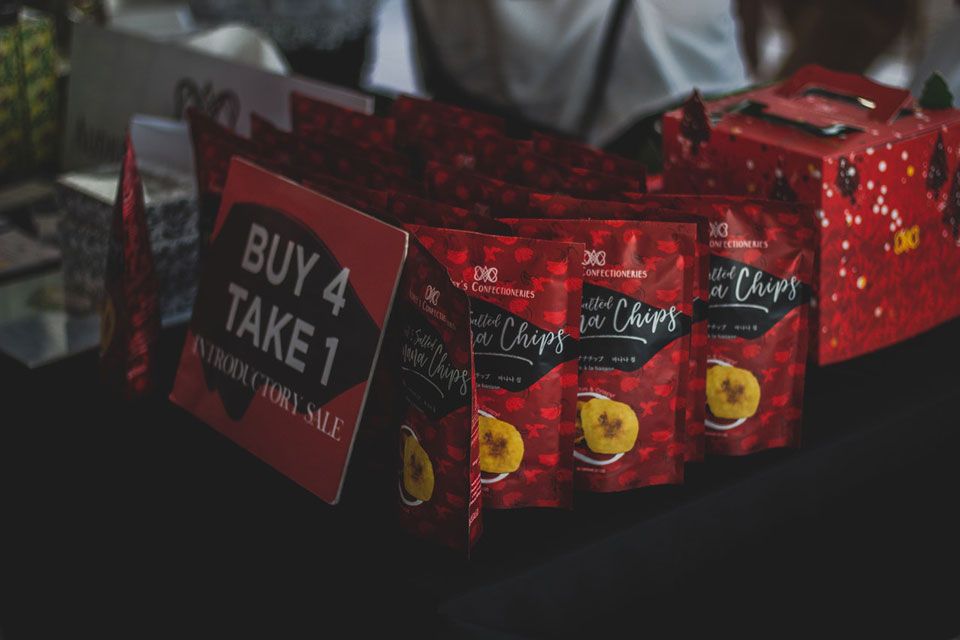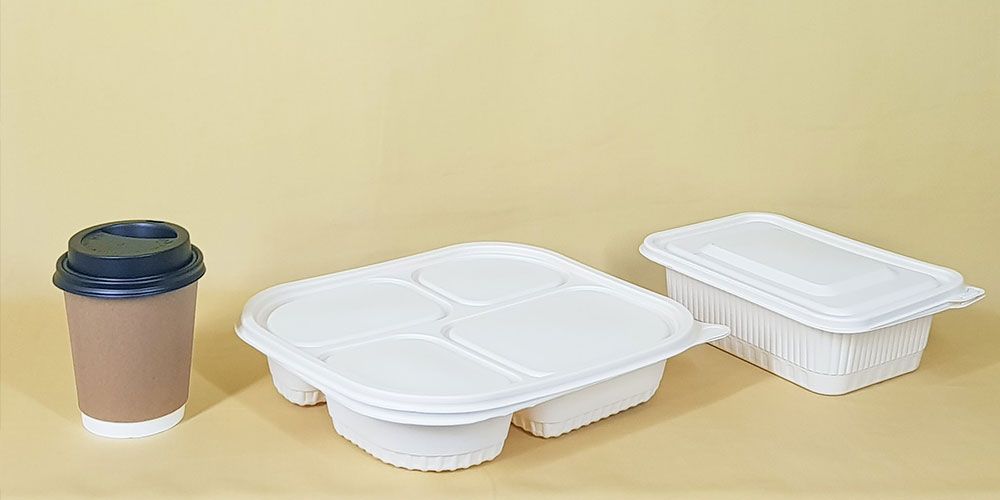How eco-friendly is laminated packaging? What is its recyclability? These questions and more are answered by Shreyas Pathak, who works for a printing ink manufacturing company that focuses on flexible packaging inks. He has been working in flexible packaging for 3.5 years in the United States. Pathak is most experienced with printing technology and has an educational background in paper and printing from Western Michigan University with an M.S in Paper and Printing Science.

Q: What is your familiarity with laminated packaging?
A: Food packaging and pharmaceutical packaging.
I am very well versed with laminated flexible packaging used for food or food products and sometimes pharmaceutics and consumer goods. I pretty much handle laminated packaging every day.
Q: How eco-friendly is lamination?
A: Not very eco-friendly.
Plastic is not very eco-friendly as we all know and in case of flexible packaging laminates, we are talking a combination of two or more plastics for a single product.
It is really hard to recycle because now, you are not talking about a single piece of plastic. You are talking almost two different plastics that are bound/laminated to each other and which are pretty hard to separate after the products inside them have been used.
Q: What are the most common combinations of plastics?
A: PET (Polyethylene terephthalate) and OPP (oriented polypropylene).
The ones I see every day are mostly for packaging cookies and chocolates. So most common ones you’ll find on the shelves are a primary film that's [...] PET polyester or it could be a polypropylene which is OPP that they refer to. Laminated, too, either clear or metalized OPP or metalized PET. The secondary structure of the laminates in most cases metalized film which provides excellent barrier properties and enhances the shelf life of your food and helps preserve the nutritional characteristics of your foods.
There are several laminates using polyethylene combined with another polyethylene or metalized secondary. There are different processes by how these film laminates are made:
- Adhesive lamination, where an adhesive is used to marry the two films.
- Extrusion lamination where a plastic is extruded in between the two films to help laminate them forming a tougher barrier.
There are different combinations but the most common I always work with is a primary which is transparent and the secondary that’s metalized.
Q: How are some types of lamination more eco-friendly than others?
A: In terms of being eco-friendly, they are pretty much the same when it comes to plastic. When it comes to recycling, if you move towards something with just one film or single layer, that is definitely more recycle friendly and thus may be more eco-friendlier.
Paper laminates are way more eco friendly but do not offer barrier characteristics that plastics have to offer.

Q: What is the process for recycling laminated packaging?
A: Recycling laminated packaging is difficult.
If a plastic gets laminated, there is some type of polymer or adhesive that marries the two materials, that kind of stuff is usually very hard to recycle. If you are [...] to recycle some of it, it’s not going to be 100% [recyclable].
If someone can find a way to separate plastics from each other in laminates that would be really innovative. Packaging that is surface printed can be recycled by using volatile solvents to get rid of the graphics on them and then reuse/ recycle.
I’ve heard a podcast and some articles say that even if something says ‘Recyclable’ it is not necessarily going to be recycled.” We always see that nice recyclable symbol under the milk can but we really don’t know if it is going to be recycled or even make it to the recycling facility.
Q: What is the recyclability of compostable packaging?
A: There are various research being conducted for composting.
There is an existing ‘industry standard’ that is being used to determine the compostability of a package and there is ongoing work by both academia and industry where they conduct extensive research to determine compostability of every element of the package. There are facilities/ laboratories that are set up to study compostability by accelerating/ simulating conditions and come up with adequate answers on compostability of packaging plastic or otherwise.
Q: Are new plastics or recycled plastics cheaper?
A: New plastics.
It’s cheaper to make new plastic than to recycle plastic. I’m not sure why anyone would buy recycled plastic when the new plastic is cheaper. Using plastic is like a double-edged sword because plastic is the best material for packaging and protecting food and its quality. But then when you talk about recycling, it’s really not a good situation and it is affecting the environment more than we know or talk about these days.
Q: What is the situation on packaging ending up in landfills?
A: There are community and individual efforts to keep plastics away from landfills.
In most towns and cities, there’s been a huge effort to segregate recyclable glass, plastics from something that can go to the landfill. But that being said, it’s very easily available knowledge that there is a good amount of plastic that is making it to the landfill.
The segregation of waste, people having two different waste bins in the house is a good start. Waste segregation helps, but not a hundred percent.

Q: Will lamination be sustainable in the future?
A: Potentially.
A lot of food companies are trying to experiment with single structure recyclable plastic packaging while still attempting to maintain the integrity of their food products.
There is nothing that is really common in laminates right now in the market that is recyclable/eco-friendly.
If you move from lamination to a single structure, that kind of packaging has potential of being sustainable, eco-friendly, and recyclable because you can get rid of the inks and coatings on it by washing with solvents and then you are left with a single plastic film that can be recycled.
There are some food packaging that is attempting to use paper and foil or incorporate paper/ foil with plastic to make part of the package biodegradable if not whole.
Q: Do you see lamination substitutes being more prevalent in the future? If so, how?
A: Yes, in the next 5-7 years.
There is a lot of effort to start working on substitutes in the next 5-7 years. There are a lot of companies that are part of the packaging chain collaborating with each other to come up with sustainable solutions. In the future, we are still going to need laminates but there may be smarter ways to process or recycle them after use and I am hoping we all get our act together and do our part by being responsible about plastic packaging.
--
You now know more about the many aspects of laminated packaging, plastics as well as innovation in the packaging industry! For more information on sustainability, download our free Ultimate Guide to eCommerce Packaging. Also, take a look at our sustainability page for PackMojo’s sustainability efforts and our green initiatives.
Check out our other sustainability blog posts:
- The Current State and Future of Lamination
- The 101 on Recycling Packaging Materials
- 5 Ways Brands Can Be Sustainable With Packaging
Explore custom packaging options from PackMojo or get started configuring on our platform, PackMojo Pro, now!
